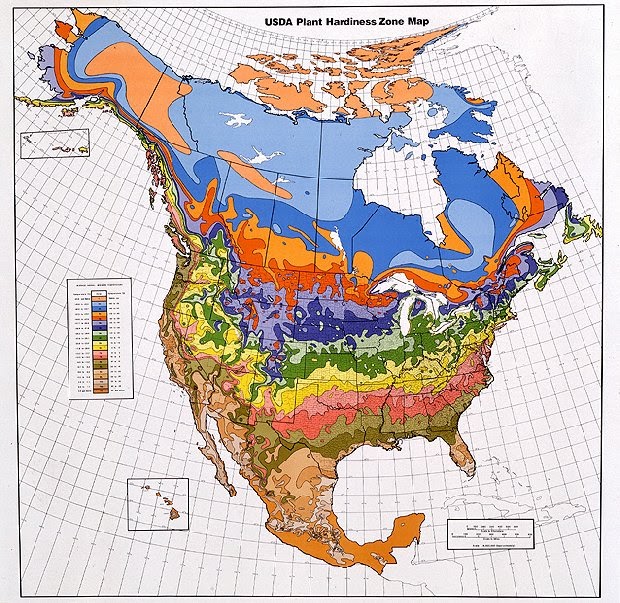

- #Optimal layout for temperate zone residences in anno 2205 series
- #Optimal layout for temperate zone residences in anno 2205 free
Periodic naval skirmishes (mercifully, only some are necessary) are little more than click-and-wait dust ups and the segments rank among the least inspired war games in recent memory.
#Optimal layout for temperate zone residences in anno 2205 free
Anno 2205 ’s narrative-something about free market lunar separatist space pirates-manages to pull off the the unenviable combination of being both utterly forgettable and completely mandatory (unlike previous entries in the series, Anno 2205 has no sandbox mode). The underlying simulation is relatively sophisticated, yes, but it does little to convince the player that the flow of goods between regions actually matters. And on this count, alas, Anno 2205 falls desperately short in just about every way imaginable. In other words, it’s one thing to design a simulation, but quite another to make the player care about what’s being simulated. Consider: Eve Online ’s economic system is far more complex than anything in Anno 2205, but Eve ’s sense of inhabitation and investment (financial and otherwise) more than justifies hours spent speculating on virtual commodities and calculating returns. And as a general rule, the more number-crunching a game demands, the more justification it tends to need. When games demand computation on the player’s behalf, it’s usually because the numbers-game is made meaningful by something else, whether it’s a rich sense of atmosphere, a compelling narrative, or simply an edge in combat. Micromanagers rejoice: balancing production, distribution, and consumption is an elegant task and Anno 2205 deserves credit for reminding players how truly global (and, in this case, more than global) the complex exchange of commodities really is.īut so what? Fans and critics of strategy titles throw around the only-half-joking insult “Excel: The Game” because most believe that optimization and number-crunching don’t make for an inherently meaningful or, frankly, enjoyable game, even if the majority of games contain at least some element of them (sometimes it’s as simple as comparing the stats of two items). As the player erects factories and negotiates trade agreements, Anno 2205 shows itself to be adept at revealing and representing the intricate web of interdependencies between its regions: one product might be demanded on the moon, but can only be manufactured on the coast with materials from the arctic. Slight mechanical variations on the design of each zone’s city planning-arctic settlements must be designed around heat from factories, while lunar habitats require protection from space debris-give each region a relatively distinct and welcome sense of place and play. Most of Anno 2205 involves designing and managing a trio of cities in three distinct regions: a temperate coast, a windswept arctic archipelago, and a lonesome lunar plain. Conflicts are inevitable, but as Anno always has it, it’s the supply lines and not the front lines where wars are won and lost. Anno 2205, the latest release in Ubisoft’s dependable series, picks up where 2070 left off humanity is on the verge of interplanetary colonization and a rush for valuable lunar land is underway.
#Optimal layout for temperate zone residences in anno 2205 series
Though Anno looked to the past for the first decade of its existence, the series turned towards the near-future with the excellent Anno: 2070 (2011), which tread new “historical” ground in familiar, materialist footwear. Stock Trade Floor represented by a block of ornaments.Beginning with its first release, Anno 1602: Creation of a New World (1997), the Anno series has distinguished itself from a crowded field of strategy games by making economic competition, rather than military action, the focus of its simulation. Modular design, can be build in a large grid of identical city blocks.Ħ Corporation modules represented by ornaments. Late game city block, expensive but fulfills all service needs. The layout (176x157) consist on:Ĭorporation HQ Housing Layouts HQ Layout I There are ± 486 unused squares with ornaments (orange & bright green). This city layout is an conceptual example of an big city.

Special thanks go out to arbogli for providing this layout There are only 14 unused squares with ornaments.

This city layout is an modification of the previous "City Layout III" maximizing the public buildings range and the space used for housing. So place your public buildings centrally so as to extend their reach in all directions.

This city layout is an perfect example of how you can fit an Infodrome into your starting city.The further away a house is from a public building, the more of its supply it will consume.


 0 kommentar(er)
0 kommentar(er)
